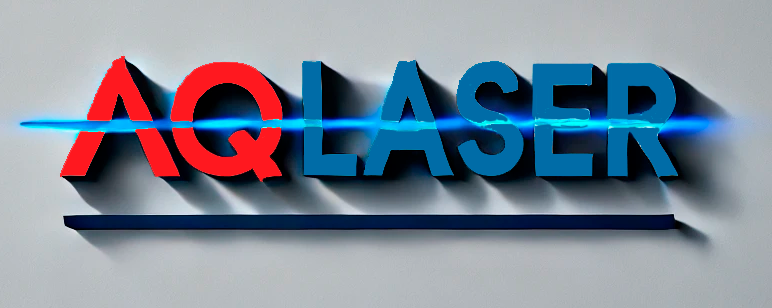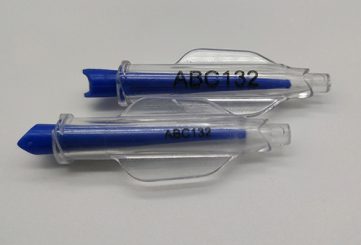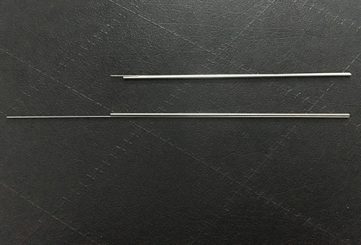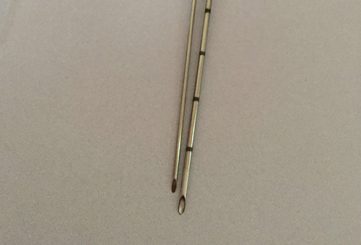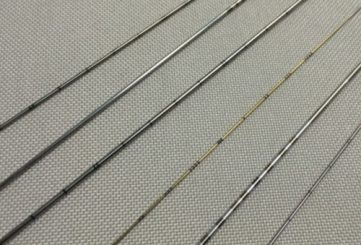סימון צבע משטח נירוסטה
Stainless Steel Surface Color Marking – permanent, high-contrast stainless steel color marking service
The Stainless Steel Surface Color Marking service offers durable, vibrant color markings on stainless steel surfaces achieved through controlled laser oxidation. This process uses no coatings or inks; instead, laser energy is tuned to form thin oxide layers that produce visual colors with excellent contrast. The result is permanent, wear-resistant markings ideal for medical devices, surgical instruments, tools, and equipment that demand traceability, branding, or high aesthetic standards.
תכונות עיקריות:
- Color without coatings: uses laser-induced oxidation to create color directly on stainless steel
- High contrast & visibility: sharp, durable contrast suitable for fine text, logos, and identifiers
- Permanent markings: resist wear, cleaning, mechanical abrasion and maintain color over time
- No material removal: surface integrity preserved; no engraving depth, minimal heat-affected zone
- Precise control: parameters like pulse energy, scanning speed, and laser wavelength are finely tuned for consistency
Certification and Standards:
Manufactured under strict quality control with full traceability, inspection, and process validation. Compliant with ISO standards relevant to medical device manufacturing, laser processing, and surface marking technologies.
Stainless Steel SUS304:
Medical-grade SUS304 stainless steel (austenitic chromium-nickel alloy), offering excellent corrosion resistance and mechanical properties.
- ביולוגיות תאימות: Low risk of allergic reactions or toxicity, ideal for direct tissue contact in medical procedures.
- Mechanical Properties: High tensile strength (approximately 505 MPa) and elongation (up to 40%), providing flexibility without brittleness.
- Surface Finish: Laser-machined for smooth, burr-free edges, reducing the potential for tissue trauma or contamination.
- Thermal Stability: Maintains integrity across a wide temperature range, suitable for sterilization processes like autoclaving.
Aluminum alloy:
Aluminum Alloys are lightweight, medical-grade materials valued for their excellent corrosion resistance and high strength-to-weight ratio. With tensile strength typically ranging from 200–600 MPa and good ductility, they offer durability for medical and industrial applications. Their biocompatibility supports use in non-implantable devices and components. Laser-machined for smooth, burr-free surfaces, they minimize contamination risks and ensure compatibility with sterilization processes.
Copper (Cu):
A conductive, antimicrobial metal used in medical equipment and coatings. Its excellent electrical conductivity and natural resistance to bacteria enhance device functionality and hygiene.
- Medical device identification: serial numbers, logos, codes on stainless steel parts.
- Surgical instruments: adding durable color marks without compromising sterilization compatibility.
- Equipment panels and user interfaces: aesthetic, high-contrast labels resistant to abrasion and cleaning.
- Laser type: fiber or MOPA UV/IR laser systems.
- Oxide layer thickness: controlled to produce colors (e.g., blues, golds, blacks) via interference effects.
- Marking contrast: high L*a*b* values for visual clarity.
- Surface finish: no ablation, smooth texture, minimal heat-affected zone.
- Environmental durability: resistant to cleaning, abrasion, and sterilization procedures.
